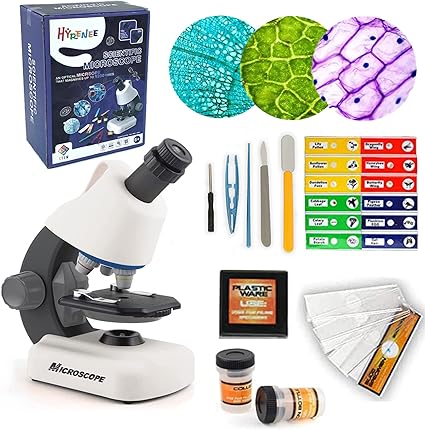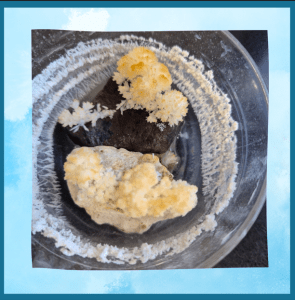Unveiling the Wonders of Magnetism
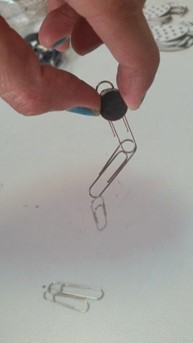
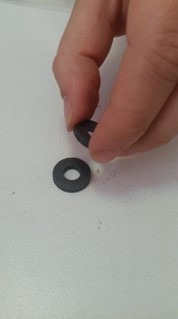

Magnetic Scavenger Hunt;
To pique students’ interest, a magnetic scavenger hunt can be an engaging introduction to the topic. Items that are attracted to magnets are said to be magnetic or ferromagnetic. Consequently, by providing students with magnets and allowing them to explore their surroundings, they can discover magnetic objects for themselves. This activity encourages active participation and promotes a sense of discovery. As students identify magnetic materials, they can be guided to classify them based on their magnetic properties.
Magnetic vs. Non-Magnetic Materials:
To reinforce the understanding of magnetic and non-magnetic materials, a sorting activity can be incorporated. Provide students with a collection of various objects, both magnetic and non-magnetic. Challenge them to use a magnet to separate the materials into two groups: those that are attracted to the magnet (magnetic) and those that are not (non-magnetic). This exercise encourages observation, critical thinking, and classification skills.
Magnetic Strength Investigation
Materials: Magnets of various sizes and strengths, paperclips, a ruler
Instructions: Students can test the strength of different magnets by counting the number of paperclips each magnet can hold in a chain. Encourage them to observe patterns and formulate hypotheses about the relationship between a magnet’s size, shape, and strength, and the number of paperclips it can hold.
Magnetic Fishing
Materials: A magnet, a stick with string tied to one end, a container filled with water, various magnetic and non-magnetic objects (e.g., paper clips, coins, rubber bands, small toys)
Instructions: Drop the magnetic and non-magnetic objects into the container filled with water. Challenge students to “fish” for the magnetic objects using the magnet attached to the fishing rod or stick. This activity fosters hand-eye coordination while reinforcing the concept of magnetic attraction and identifying magnetic materials.
*Make sure you dry your magnet completely after this activity.
Magnetic Attraction and Repulsion:
One of the fundamental principles of magnetism is the understanding of attraction and repulsion between magnetic poles. Students can explore this concept by using two bar magnets. Encourage them to observe how the poles interact when brought close together. They will discover that opposite poles attract each other, while like poles repel. This simple experiment lays the foundation for comprehending the behavior of magnets and their practical applications.
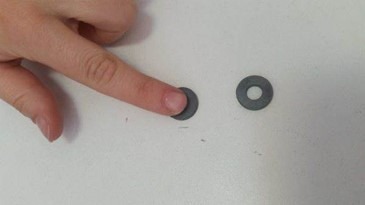
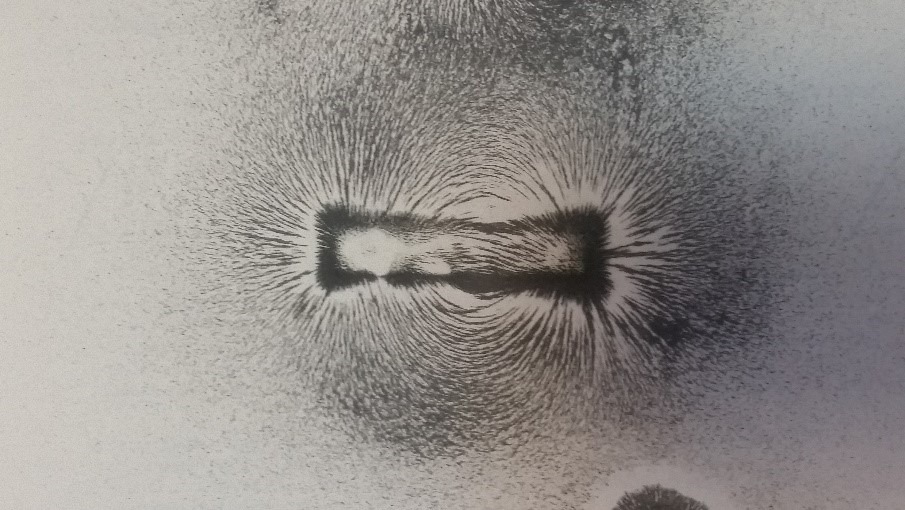
Magnetic Field Visualization:
Visualizing the invisible is a powerful tool for understanding abstract concepts. By using iron filings and a bar magnet, students can observe the magnetic field lines and patterns that are created. Place a sheet of paper over the magnet and sprinkle iron filings onto it. Gently tapping the paper will cause the filings to align themselves along the magnetic field lines, revealing the invisible force at work. This experiment allows students to appreciate the three-dimensional nature of magnetic fields.
Magnetic Painting:
Materials: Magnetic paint (made by mixing iron filings or iron oxide powder with paint), paper, magnets, a container
Instructions: Have students paint a design or pattern on paper using the magnetic paint. Once the paint dries, they can place magnets beneath the paper and observe the magnetized paint attracting and aligning with the magnets, creating dynamic and interactive artwork.
Magnetic Maze:
Materials: A cardboard or wooden board, small magnets, paperclips, a pencil
Instructions: Create a maze on the board by drawing lines with a pencil. Place a paperclip at the start of the maze and use a magnet to guide it through the maze without touching the paperclip directly. This activity helps students understand the concept of magnetic fields and their ability to attract magnetic objects from a distance.
Magnetic Compass
Materials: A bar magnet, a sewing needle, a piece of cork or foam, a bowl of water
Instructions: Magnetize the needle by stroking it repeatedly in the same direction along the length of the bar magnet. Float the cork or foam in the bowl of water, and carefully place the magnetized needle on top. Students will observe the needle aligning itself with the Earth’s magnetic field, demonstrating the principles behind a basic compass.
10. lectromagnetic Induction
To demonstrate the relationship between electricity and magnetism, a simple electromagnetic induction experiment can be conducted. By wrapping a coil of wire around a nail and connecting the ends of the wire to a sensitive galvanometer or multimeter, students can observe the creation of an electric current when the coil is moved in and out of a magnetic field. This activity serves as an introduction to the concept of electromagnetic induction and its importance in various technological applications.
By being involved in these experiments, students are passively learning through active participation. The principles of magnetism are internalized as students engage with the materials and witness the effects of magnetic forces firsthand.
Experiments have been recognized as a vital tool in learning. The aforementioned activities are crafted to ensure that the fundamental concepts









